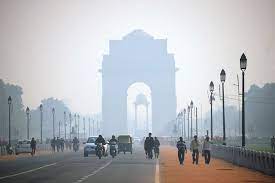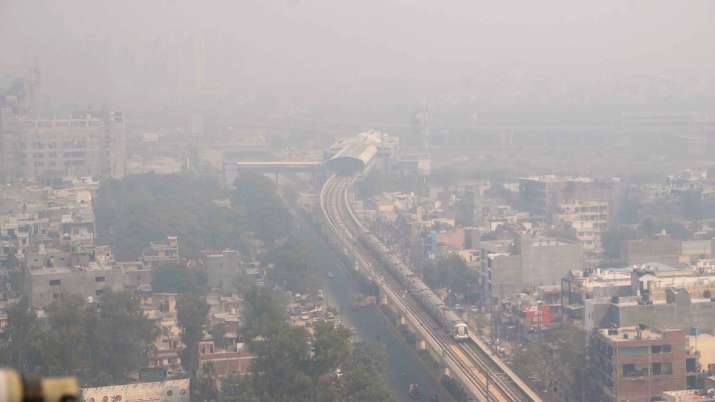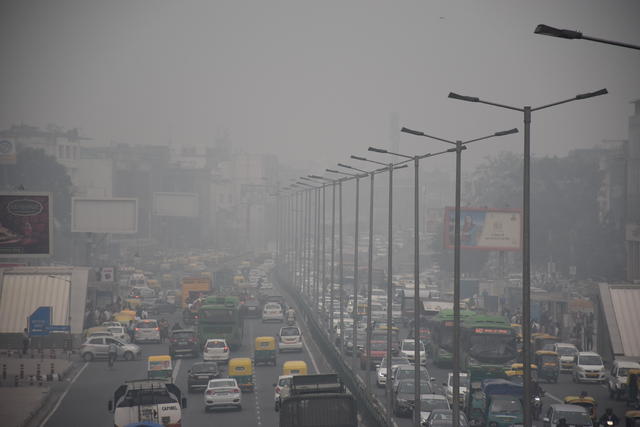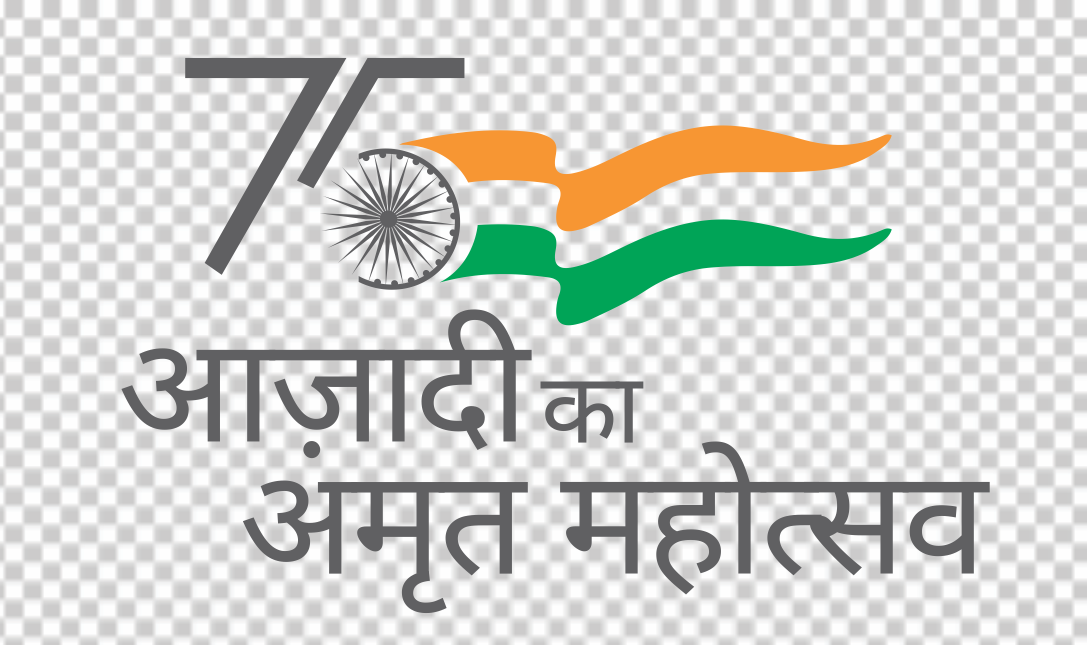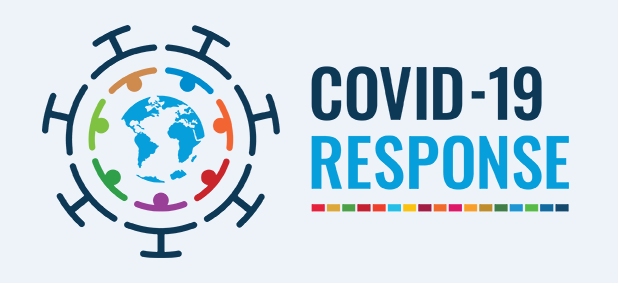Strategies for Managing Delhi-NCR's
Air Pollution Challenge
Strategies for Managing Delhi-NCR's
Air Pollution Challenge
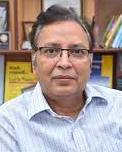
Dr Mukesh Sharma
Professor, Department of Civil Engineering, IIT Kanpur
IISD's invited Distinguished Guest Blog
The sources of air pollution can be man-made of natural. Industries, residential heating and cooking,
and vehicles constitute man-made sources whereas forest fires, dust storms and biogenic emissions are
natural sources. For both types of soures, the atmospheric transport of pollutants determines the impact on human health.
Air pollution poses a major risk to human health. We can reduce the occurrence of many diseases such as stroke, heart
disease, lung cancer, and respiratory ailments by controlling the emissions. The risk to health, vigour and longevity
shall be more pronounced in those exposed to higher concentrations over longer periods. Just not the health, air quality
appears to be related to many serious environmental concerns of today including depletion of ozone layer, global warming,
erratic monsoons, retreating glaciers and polar ice-caps, acid-rain, and persistent haze. Not that we have found solutions
to the concerns, the new emerging concerns of hazardous radioactive pollutants, heavy metals, poly-cyclic aromatics,
pesticides and other carcinogenic and/or highly toxic chemicals in ambient air cause double backlash.
Our many cities show extreme pollution levels, at times, 5 to 7 times higher than the national air quality standards.
The first two weeks of November witness high air pollution episodes in the City of Delhi and many other cities in north India;
most of Indo-Gangetic Plain (IGP) looks hazy and people complained of burning sensation in the eyes. Delhi being the capital city,
its high pollution receives much attention from national and international media, politicians, and even foreign embassies and high
commissions. The episodic conditions cause widespread panic among the general population, forcing the closure of schools and limiting
outdoor activities and inviting interventions from the courts and regulatory agencies. The plight of mothers, whose infants with
predisposed asthma is painful. Ordinary citizens are puzzled as to what is being done, where are the results and at best they
find some consoling inferences from endless TV debates ?
The major scientific issue often ignored in air pollution control is the role of the Sun's energy in the atmosphere
to remove many pollutants but at the same time, it forms altogether new pollutants. A significant portion of PM2.5 is
originated in the atmosphere from the secondary transformation of precursor gases both inorganic and organic.
Secondary aerosols (SAs) are a huge concern in our cities, especially during episodic conditions in IGP.
In IGP, SAs are the predominant contributing component (44-52%) to PM2.5. In other words, several
uncontrolled gaseous emissions do convert into secondary particles and their share can be over 50 percent.
If one examines the air quality pattern in Delhi for the last several years, one could see the
influence of increased emission (in November), poor meteorology, and perhaps the formation of SAs.
The monsoon months show the lowest concentration due to rain washout of the atmosphere and moist
surroundings. A sudden rise in particulate pollution is reported from the second half of October to the first
half of November, after that, levels drop slowly in the winter. The sharp rise in November is the result of a
combination of poor meteorology and increased emissions.
The air quality issues are complex and many are governed by natural processes including physical features.
Most of these processes are beyond human means to regulate. The points in plain language explain why we have
such poor air quality. However, the explanation is no alibi to provide the desired air quality to the citizens.
The challenges are many and the task of cleaning air is not simple. We require a far improved scientific understanding
of the issues and efforts must have synergy at the local, regional, and national levels.
The important lesson is to establish clear goals, analyze results and fix accountability. Sector-wise,
clear goals related to emission reductions are imperative for the effective and efficient implementation
of action plans. Clear goals, supported by performance assessment systems (sector-wise), enabled advising
by experts, continuous improvement, effective and efficient implementation of plans should be in place.
All action plans should systematically enable program officials to target implementation to optimize the
benefits of investments. Accountability will be the key to assess the implementation, progress, and performance.
We should hope with sincere efforts we can see conspicuous improvement in air quality and have blue skies in next 4-6 years.
______________________________________________
Dr Mukesh Sharma is Professor, Department of Civil Engineering, IIT Kanpur and appointed by WHO, Director General as an honorary Member of the World Health Organization (WHO) Global Air Pollution and Health-Technical Advisory Group (GAPH-TAG).
This is an IISD's Invited Guest Blog, under Distinguished Personality Category.
